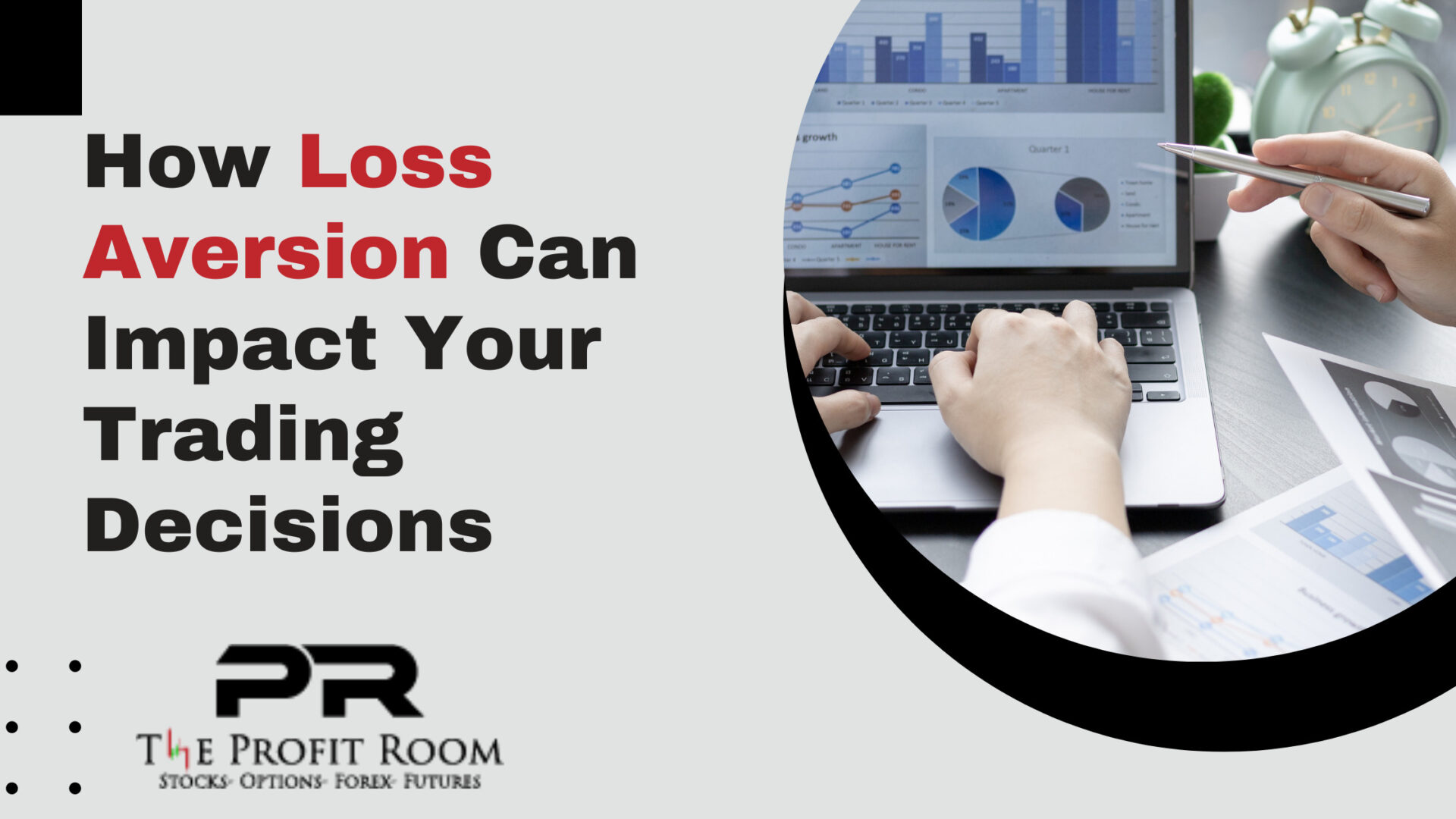For centuries, gold has been the most popular hedge against practically every form of financial crisis, from inflation to economic upheaval or currency changes, to war.
Don’t limit yourself to merely purchasing physical gold, such coins or bullion, when you think about investing in gold. Gold mining stocks or exchange-traded funds are two more options to consider when investing in gold (ETFs). Options and futures contracts may also be used to invest in gold.
For investors who are more used to trading stocks and bonds online, actual gold might be a challenge. To buy in physical gold, you’ll often deal with dealers outside of standard brokerages, and you’ll likely need to pay for storage and insurance. Bullion, coins, and jewelry are the most common ways to invest in actual gold.
Buying Gold Jewelry
Investing in gold jewelry may be the simplest method to do so, but the high markups make it less enticing. There is also the issue of gold jewelry’s resale value. It’s possible to earn much if you purchase a piece of jewelry that is at least 10 karats, or even pure gold that is 24 karats. This item has a higher gold content and is more valuable as a collectible.
Buying Gold Bars, Bullion and Coins
Investing in actual gold is best done via these. There are, however, additional costs to take into account. As a result, the cost of making a coin from raw gold is generally passed on to the buyer. To compensate for their role as intermediaries, most coin dealers would tack on a markup. Buying gold bullion directly from the U.S. Mint is probably the best alternative for most people who want to acquire actual gold.
Investing in gold bullion is what most people imagine when they think of it—large, gleaming gold bars in a vault.
Bars of gold may be as little as a few grams or as large as 400 ounces, but the most frequent sizes are one and ten ounces. Because the current gold price (as of September 2020) is approximately $1,900 per ounce, investing in gold bullion is a pricey endeavor. There’s no way to acquire a fractional share of a gold bar as there is for stocks.
You need to choose a trustworthy dealer and pay for delivery with insurance, or pay for storage in a huge vault or in a safe deposit box because of the high price of gold bullion.
One or two ounce gold coins are the most frequent, although smaller denominations like half and quarter ounces are also available. Gold coins in the form of collectibles, such as South African Krugerrands, Canadian Maple Leafs, and American Gold Eagles, are the most common. To make matters worse, some dealers may even provide blanks and coins that are damaged or worn.
However, the value of gold coins may not always correspond to the amount of gold they contain. Coins that are in high demand as collectibles can sell at a premium. By the middle of September 2020, the price of a one-ounce American Gold Eagle coin will reach slightly over $2,000, on average. In comparison to the same quantity of gold bullion, that’s an almost 5% markup.
Local collectors and pawn shops may be able to provide cheaper rates on gold coins, but it’s still preferable to buy from a certified dealer.
The price of gold is an important consideration if you decide to invest in gold bullion, since most dealers adjust their pricing depending on current spot prices.
Once you’ve acquired gold, you’ll need a place to keep it safe. It’s possible that you’ll have to rent a safe deposit box from your local bank, which might cost you money on a recurring basis. It might be difficult to sell your gold since you have to bring it to a dealer, who may give you a price lower than the current spot price.
Buying Gold ETFs ad Gold Mutual Funds
It is possible to get long-term exposure to gold’s stability and liquidity by investing in ETFs and mutual funds, which provide more liquidity than physical gold and greater diversity than gold stocks. There are a variety of gold funds to choose from. Some are index funds that use futures or options to monitor industry trends or the price of bullion.
ETFs that hold actual gold and deposit receipts, like the SPDR Gold Shares ETF (GLD), monitor the gold market. A passively managed ETF, VanEck Vectors Gold Miners ETF (GDX), monitors a basket of gold mining and refining stock prices.
Franklin Templeton’s Gold & Precious Metals Fund, for example, is actively managed by a team of professional investors. Investments in these funds try to outperform the returns of index funds. As a trade-off, they levy hefty expenses.
When you purchase gold futures and options contracts, you aren’t really purchasing gold, but rather paper backed by the debt or equity of mining businesses or futures and options contracts for physical bullion. As a result, the value of gold mutual funds and ETFs may not completely
line up with the current market price of gold, and these assets may not perform in the same way as actual gold.
Use Futures and Options to Invest in Gold
It is the most speculative of all methods to invest in gold to trade futures or options contracts. Because futures and options are based only on the price of an underlying item, their value is totally dependent on that asset’s value.
It is possible to purchase or sell at a predetermined price at a certain date, independent of the present market circumstances. However, an option agreement is a contract to purchase or sell an asset at an agreed upon price at some point in the future.
There is a requirement to open an account with an online broker that specializes in futures and options trading. These securities may be traded on several online brokerages if the account user signs extra papers admitting the risks of investing in these derivatives.
Options and futures may be traded on the platform after you’ve set up a brokerage account. Most options and futures trading platforms charge a fee depending on how many contracts you purchase or sell.
Options and futures contract investors must keep a close eye on their investments to ensure that they don’t expire worthless before they can be sold, rolled over or exercised. As a result, investors who abuse these options and lose money in the market might see their losses swiftly increase if they are not careful.
Conclusion
ETFs are the greatest option if you’re looking to diversify your portfolio by investing in gold. In the case of a systemic catastrophe, owning real gold would be your best bet. If you’re looking to invest in gold, there’s no one-size-fits-all option. You may, however, make an informed selection based on your understanding of the gold sector, the many types of investments, and the factors to consider when assessing your alternatives.




